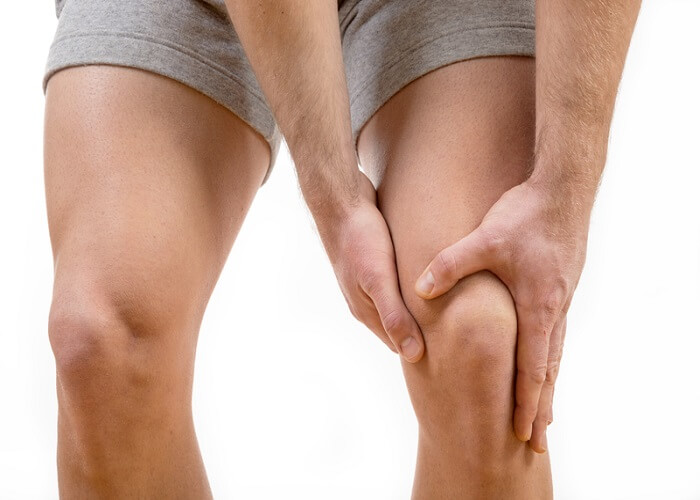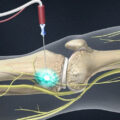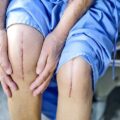Arthritis of the Knee
Arthritis is inflammation of one or more of your joints. Pain, swelling, and stiffness are the primary symptoms of arthritis. Any joint in the body may be affected by the disease, but it is particularly common in the knee.
Knee arthritis can make it hard to do many everyday activities, such as walking or climbing stairs. It is a major cause of lost work time and a serious disability for many people.
Types of arthritis
There are more than 100 different forms. While arthritis is mainly an adult disease, some forms affect children.
The major types of arthritis that affect the knee are osteoarthritis, rheumatoid arthritis, and posttraumatic arthritis.
Osteoarthritis
Osteoarthritis is the most common form of arthritis in the knee. In osteoarthritis, the cartilage in the knee joint gradually wears away. As the cartilage wears away, it becomes frayed and rough, and the protective space between the bones decreases. This can result in bone rubbing on bone, and produce painful bone spurs.
Rheumatoid Arthritis
Rheumatoid arthritis is a chronic disease that attacks multiple joints throughout the body, including the knee joint. In rheumatoid arthritis the synovial membrane that covers the knee joint begins to swell, This results in knee pain and stiffness. Rheumatoid arthritis is an autoimmune disease. This means that the immune system attacks its own tissues(such as cartilage and ligaments).
Posttraumatic Arthritis
Posttraumatic arthritis is form of arthritis that develops after an injury to the knee. For example, a broken bone may damage the joint surface and lead to arthritis years after the injury.
Symptoms
A knee joint affected by arthritis may be painful and inflamed. Generally, the pain develops gradually over time, although sudden onset is also possible. There are other symptoms, as well:
- The joint may become stiff and swollen, making it difficult to bend and straighten the knee.
- Pain and swelling may be worse in the morning, or after sitting or resting.
- Vigorous activity may cause pain to flare up.
- The knee may “lock” or “stick” during movement.
- Pain may cause a feeling of weakness or buckling in the knee.
- Many people with arthritis note increased joint pain with rainy weather.
Doctor Examination
- Analysis of symptoms and medical history
- Physical Examination
- Imaging Tests: X-rays. (MRI) (CT) scan, or a bone scan
- Laboratory Tests
Regeneration
A natural tissue graft can spur regeneration of cartilage and improve symptoms in patients who have cartilage damage in their knee. The Meniscus is living tissue acting as a shock absorber in the knee, which is why biologic regenerative treatments hold such promise to actually heal the injury instead of attempting to carve it out. The result is a less invasive procedure, with a quicker return to normal daily activity when compared to surgery. To maximize healing, Stem Cell treatments are used with other leading treatments in the field including Prolotherapy, Platelet Rich Plasma (PRP) and Platelet Lysate therapy. In certain cases, a patient’s unique medical condition or circumstance may preclude utilizing the benefits of all treatments used together. In this case, a customized plan is developed using one or more of the treatments to obtain the best patient outcomes possible. While sometimes there is no good alternative to surgical repair, most often biologic repair offers a better option.
Resources:
http://www.hss.edu/newsroom_knee-cartilage-repair-outcomes-regeneration.asp
http://stemcellarts.com/repair-knee-meniscus-tear-without-surgery/
http://orthoinfo.aaos.org/topic.cfm?topic=a00212







